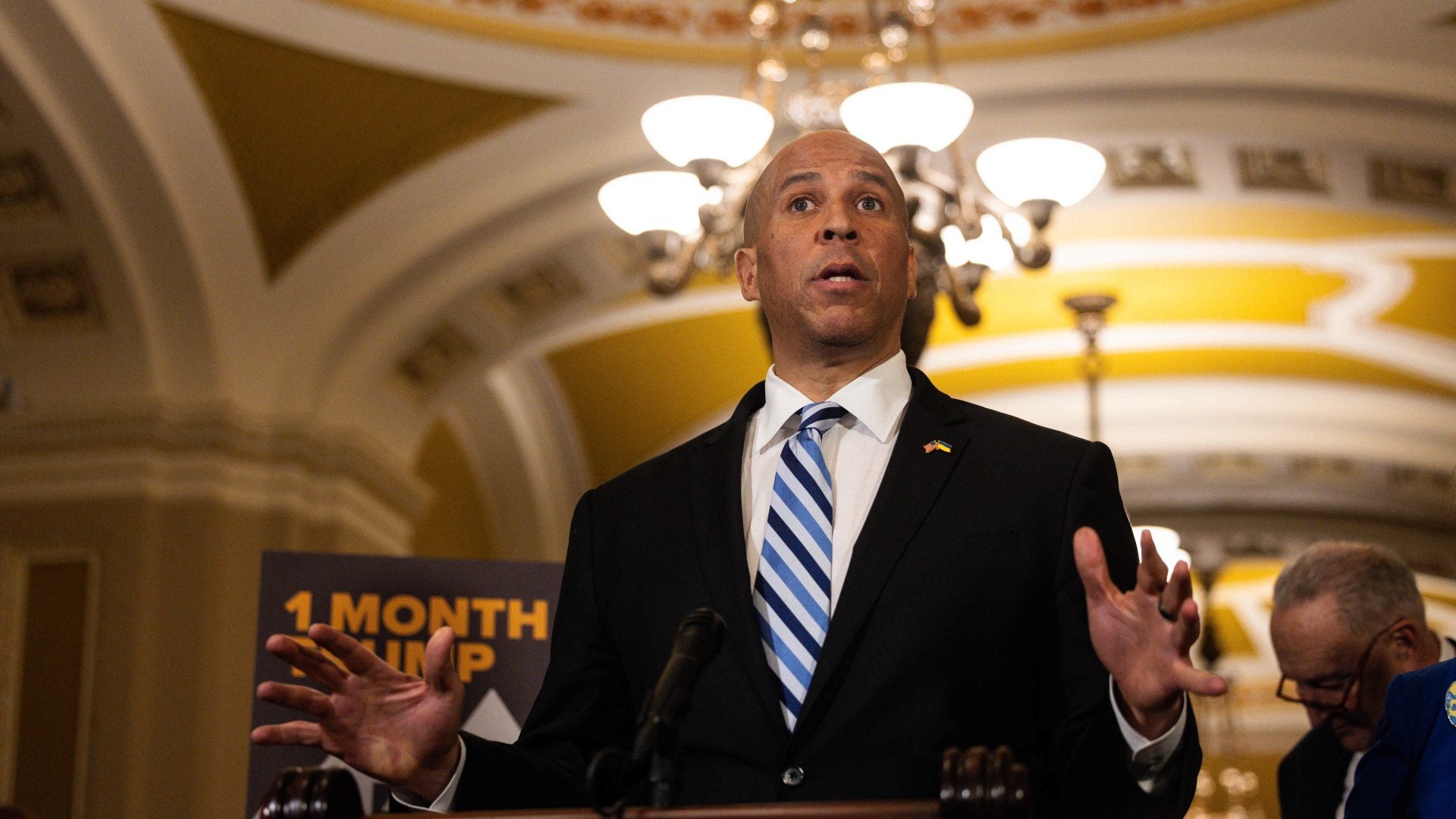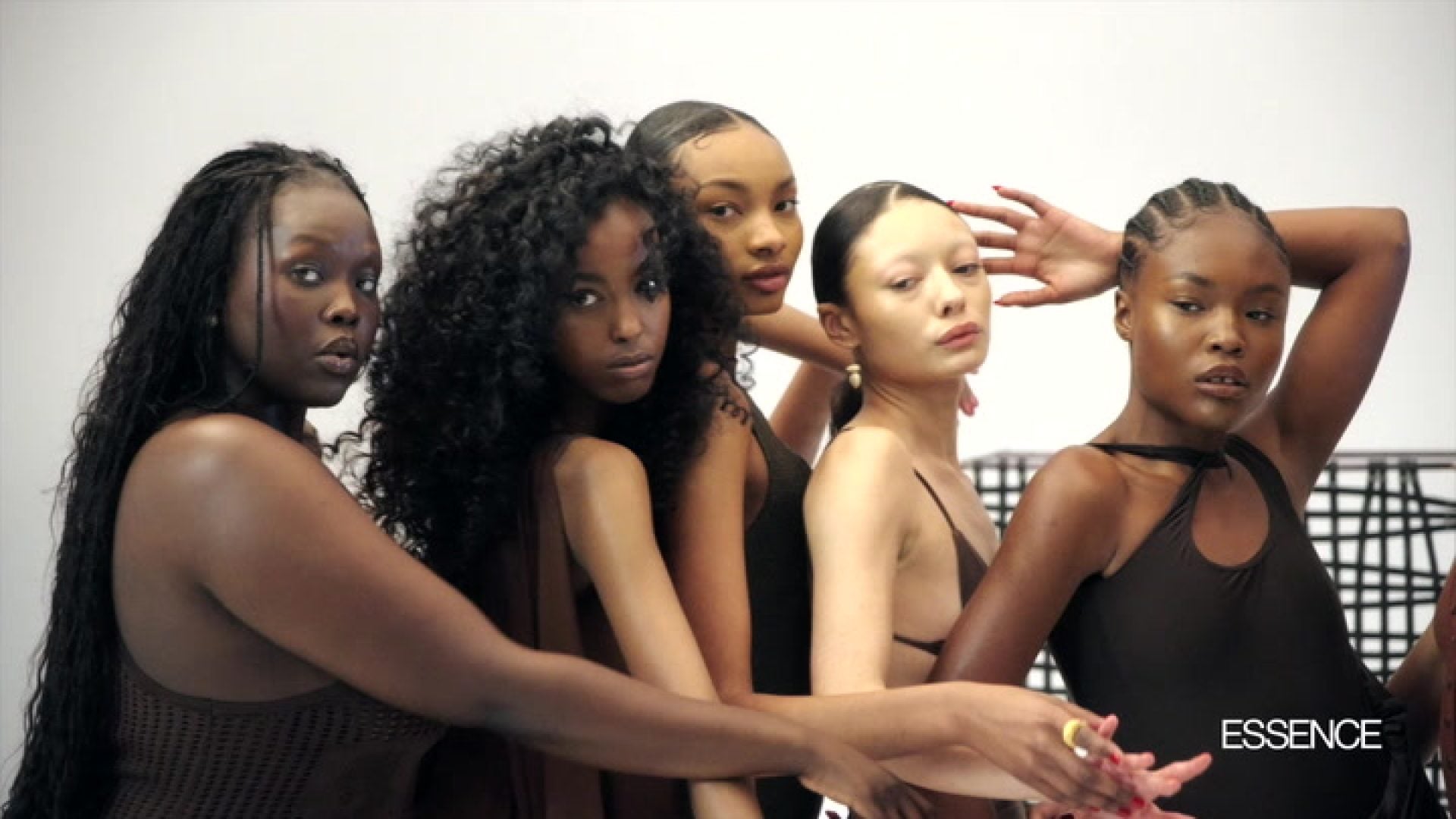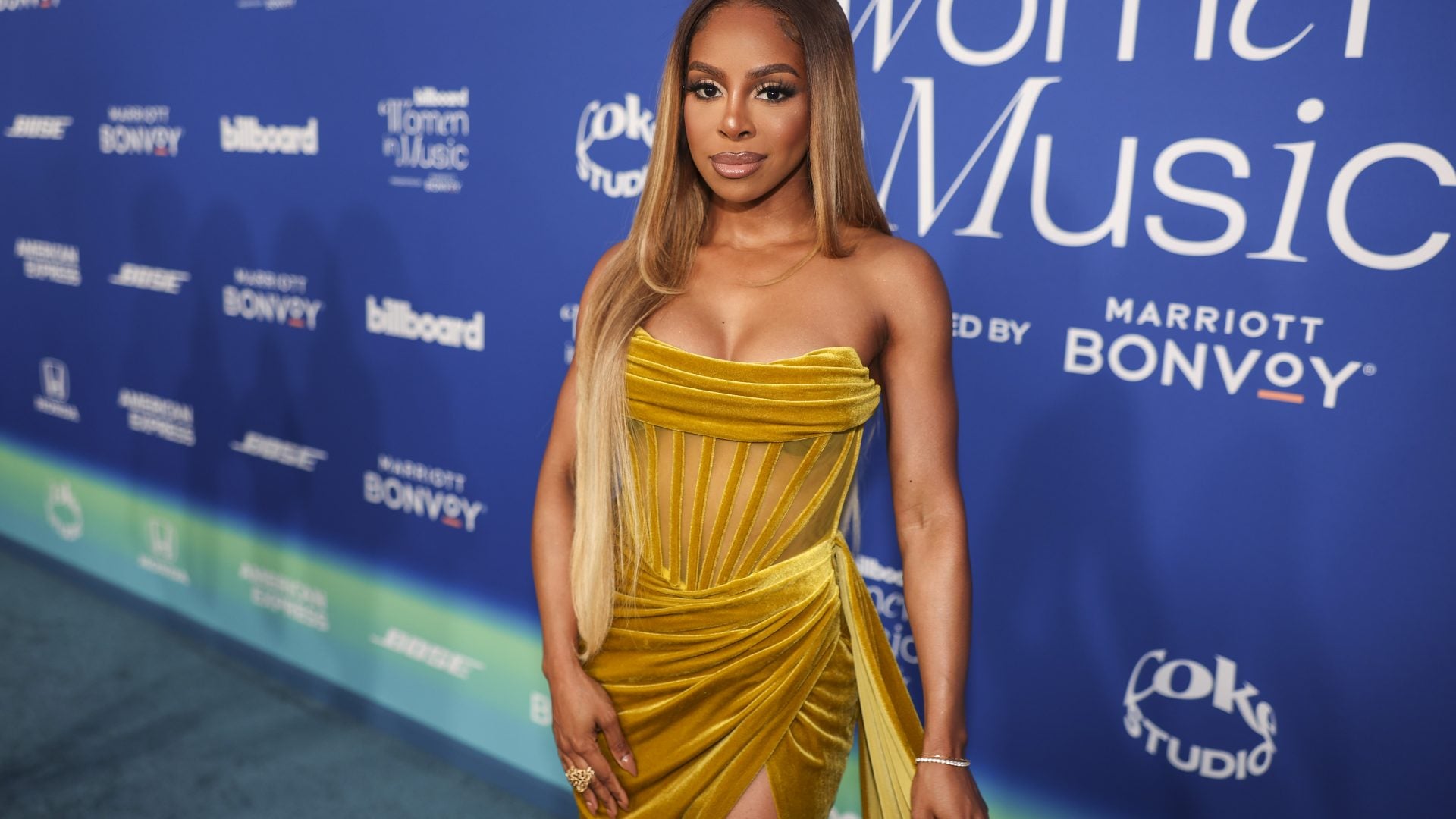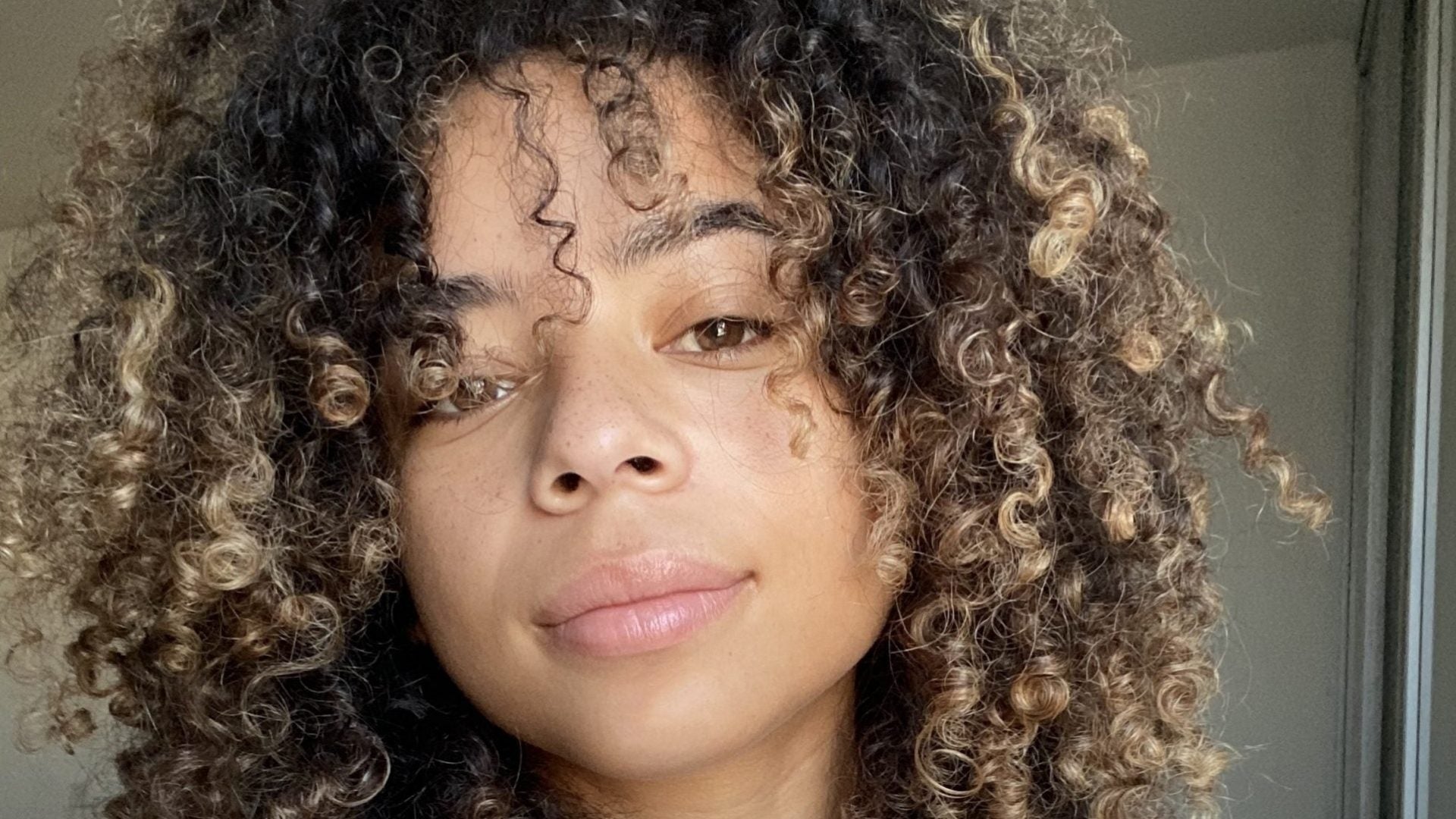
Social media is an ever-evolving rabbit hole that continues to add more tools, tricks and features to each of its platforms. Twitter in particular has been introducing new additions to the features family including their latest Fleets and voice Tweets. Now, to bring more inclusivity to the platform and elevate the voices of marginalized communities, a Black woman has risen to the occasion by implementing her own goals of creating safe spaces for underrepresented communities and women of color.
Meet the Black woman behind the design of Twitter’s newest Spaces feature – Maya Gold Patterson. Growing up in Champaign, IL, Gold Patterson didn’t see too many Black women in technology to turn to but she had an early spark for her passion when she would watch her father’s DJ career, who she called a “gadget geek,” and her mother’s role as the owner of a technology consulting firm. “He would have tons of DJ equipment and had PalmPilots throughout the house way before cell phones and smartphones,” she joked of her father’s gadget obsession. “He filled up our house with all this tech and whenever he was done with it, I would play around with it and pretend I was working at an office or a DJ.”
Before she knew it, she set her sights on technology and now she’s making an impact bigger than just herself but for every young Black girl aspiring to be in technology, social media and UX product design. “I wish that I had seen some of myself during this design and tech journey,” Gold Patterson admitted to ESSENCE. “If I was talking to my younger self, I would tell her it’s not going to be easy and it’s going to feel like how it feels to be a Black woman in America.” As a self-taught product designer with a BA in Psychology, her career journey may not have been the traditional route but she’s been at Twitter for nearly a year now despite microaggressions in previous workplaces and redefining what it looks like to be a product designer in 2021.
The Twitter Staff Product Designer sat with ESSENCE to discuss her passion for technology, her work behind voice Tweets and Twitter Spaces, and the importance of mentorship and visibility for Black girls in technology. Check out our conversation below:
What does it mean to be a product designer, and what’s the importance of that role in tech?
MAYA GOLD PATTERSON: Product designers in tech are people who work with engineers to create any app, website or online anything that someone might use. I work on Twitter so I’m designing and making decisions about what should be in the Twitter app – what it looks like, what it feels like, how every button works or if there even should be a button. There’s a designer behind anything that you’re using on your cell phone or your computer.The designer’s job, usually in collaboration with a researcher, is to have a deep understanding of people, trends, culture and the needs of people. We want to be able to understand the problems people are trying to solve by using different applications and online tools.
We advocate for those needs with engineers to build the best experience. We all know that Twitter is the place you go to keep up with the conversations about what’s happening now, so my job as a designer is to understand why people are coming to Twitter, what sorts of conversations are people having on Twitter and how can we make those sorts of conversations easier, more delightful and potentially more nuanced and engaging. What sorts of features can I design that might improve, if any, that sort of communication layer? I work with a product manager and engineer to set that vision and I have to design an experience that hopefully solves those problems and makes the experience for people more fun and enjoyable on Twitter.
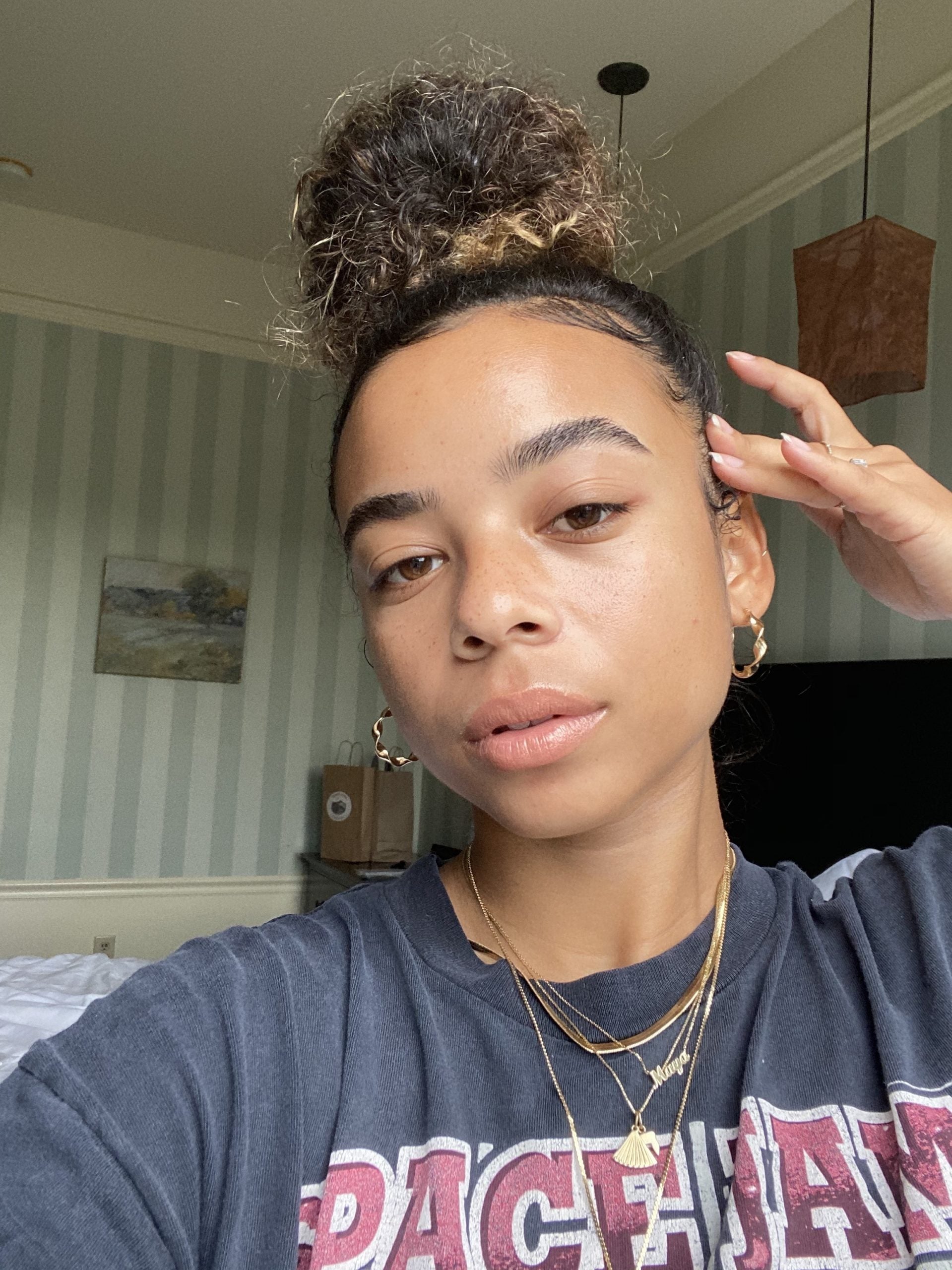
How did your career journey lead you to Twitter?
GOLD PATTERSON: I’m actually a self-taught product designer. I always knew that I wanted to design stuff that meant something to me. I wanted it to be aligned with my interests in fashion, style, tech and social media. I got my first job in Chicago working for Trunk Club and it really helped me understand what a designer’s impact looked like. There was something really fascinating and inspiring about the problems I could solve on social media apps. I knew that I wanted to take a risk in going to work in Silicon Valley but going to Silicon Valley is quite intimidating for someone from the midwest. I was trying to orient my career to land a role out there. Meanwhile, I was the only Black woman at a 40+ person tech team in Chicago.
I was very frustrated a lot of my experience because I experienced all of the microaggressions that you might experience and some macro aggressions. I decided to write a couple articles about that and was quite transparent about what it was like to be a Black girl in tech. I was really passionate about exposing Black women and Black people to UX design. I wanted us to be the ones to design what we use. My boss today and a mentor of mine, Dantley Davis, saw that article and he was working at Facebook at the time. He talked to me about what his values and dreams were for the team and they aligned with mine. He’s a Black man so we had honest conversations and ones that I hadn’t heard in tech. I spent almost three years at Facebook sharpening my skills and then I made the journey to Twitter.
Let’s talk about your work on voice Tweets. What exactly is it, how did it come about and what was your role in all of it?
GOLD PATTERSON: When I was in the process of deciding to come to Twitter, there was an understanding that I was coming to Twitter to work on audio. Twitter had been interested in audio for a while because people come to the platform to have conversations with one another, keep up with topics that they care about and what’s happening live. There’s no better place to keep up with what’s going on than checking your Twitter feed. I joined the team in January as a design lead and we started working on a bunch of different prototypes. We built this hypothesis and vision that audio could add an additional layer of connectivity by using the empathetic human voice. We felt pretty strongly that people who used Twitter would feel the same way, but we needed to validate the hypothesis.
We scoped the design down to the simplest thing we could build and put voice Tweets out in June to see how audio would resonate. People were so excited and we validated the hypothesis that audio would be amazing for Twitter. What we learned outside of that validation was there were core features that we need to include – transcription. Deaf and hard of hearing folks, and people that aren’t able to listen in, could not participate. I’m a strong advocate for marginalized communities and I believe strongly in making sure everything I design keeps in mind as many communities as possible and helps everyone be able to use those products in the way they need to. We took all of those learnings into the approach for Twitter Spaces.
What was the design process like for Twitter Spaces, and how can the tool be used strategically?
GOLD PATTERSON: The best design happens when you have a strong understanding of people, culture and trends. I felt that we should use a metaphor of the conversation experience as a way to inspire the feature of Twitter Spaces, and I came up with an intimate dinner party. Live audio on a social media platform isn’t necessarily easy. We’ve seen live product for years now and it’s just really hard for folks to be comfortable and it can be scary. The idea of an intimate dinner party that’s very well-hosted and where everyone’s really comfortable just hanging out, clowning around with one another and having great conversation was very important. Every piece of the design inside of Spaces was focused on how we can cultivate the best spaces and conversations for folks who will feel very comfortable and secure in that. That’s a stretch goal that we’ll always be working towards.
We did something unique with Spaces. I wanted to work more collaboratively with the people I’m designing for. We decided to do something very transparently and start the first experiment very small with a group of women and those from marginalized backgrounds to hear from them about how Spaces were working. Black people, of course, were top of mind for me. Does it feel safe? What can we do to improve it? We talk about the products openly with people who have the beta and we’ve made changes based on their feedback. Everyone appreciated that transparency and it demonstrated there are people who are building these products and behind the Twitter brand. It builds a more intimate and fluid relationship which results in better design.
Some of the actors from Snowfall used Twitter Spaces a couple of times as an after show experience to talk about what happened in the episode and help fans keep up. A lot of journalists use it to have interviews with people who can prove insight to what’s happening on the ground in a hyperemphasized version. A journalist I respect Philip Lewis interviewed folks in Mississippi while the water crises were going down a couple weeks ago and D-Nice hosted a Grammys afterparty. People have an opportunity to listen into conversations they may not have ever been part of and participate. I start Spaces with my girlfriends to talk about the Real Housewives of Salt Lake Cityreunions.
How will Twitter Spaces better serve Black women specifically and provide that safe space for us?
GOLD PATTERSON: During the initial phases of the design, instances like Black Lives Matter protests were top of mind for me. I used Twitter heavily when Mike Brown was murdered and I remember using Twitter to talk about what was happening on the ground, connect with community and find safe spaces. Spaces could be a powerful tool for communities to stay connected with one another, share resources and share their own stories. Twitter has to continue to provide and include tools for people to create those spaces and feel very safe. We launched Spaces with a suite of tools that help people stay safe -muting, blocking, reporting and removing people from a space.
Why is it important to you for young Black girls to see more women like you in these positions of power in tech?
GOLD PATTERSON: This is the core of who I am. We have to lift as we climb and you have to give back. Having this career in tech is not about me but it is about making sure that Black people have a seat at the table. We are the ones who influence basically every mainstream trend that there is – especially from the social media perspective. My goal with my career is to make sure that I’m making myself as available as possible and mentoring, sponsoring and advocating for my community at every step.
